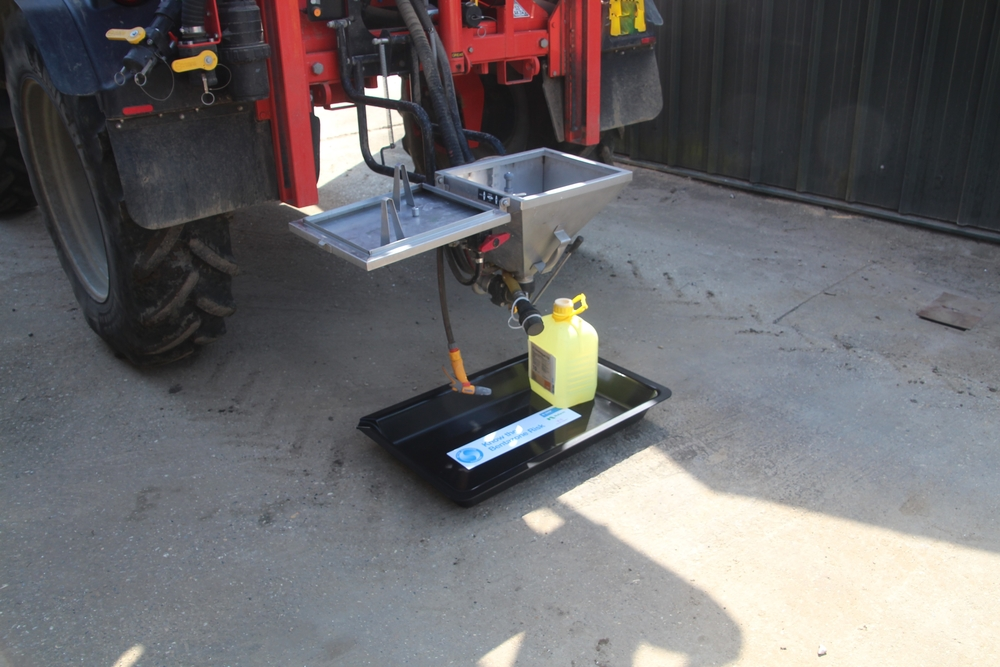BASF, Nufarm and Sharda Cropchem have formed 'Know the Bentazone Risk', which is aimed at promoting sustainable on-farm water stewardship through marketing, events, on-farm engagement, and the development of management tools.
Working now to protect future crops
Bentazone is highly soluble in water and mobile in soil and has been detected in both ground and surface water for many years, making this partnership vital for protecting future use on crops, such as peas, beans, potatoes, alliums and linseed.
Spencer Collins, NFU senior plant health adviser, said:
“Following the best practice highlighted by the Know the Bentazone Risk initiative is a great way to ensure you are using bentazone responsibly and preventing it from entering ground or surface water.
Stewardship schemes are an important aspect of showing a sustainable use of herbicides and will help in safeguarding the future of important actives such as bentazone.”
Dual objectives
As well as supporting farmers, the group will highlight good practice and liaise with external bodies, such as the Environment Agency and water companies, to ensure they are aware of the industry’s commitment to reducing the levels of bentazone in surface and groundwater sources.
New tools are available for use
A high-risk mapping tool to support cropping decisions and product application is in the process of development, and drip trays have been produced to support farmers this year.
Steve May, farm manager at Fromant & Sanders, Kislingbury, Northamptonshire, has already received his tray. He said:
“I use the Anglian Water drip trays as they are excellent for putting under the sprayer filling hopper and also for holding plant protection products when filling. They help to reduce the risk of spills and drips, which cause environmental pollution. The tray size and shape makes them easy to clean and store. The drip tray should be part of every sprayer operator’s anti-pollution armoury.”

The drip tray in action.
Read application guidance
Last month, Better Bentazone Together shared the following guidance for application:
- Avoid high-risk areas. You can download Magic Maps from Natural England or Check Zones from UK Gov which provide geographic information about the natural environment including the water courses, highlighting high risk areas; the Safeguard Zones and Source Protection Zones for bentazone.
- Keep chemistry on the surface. Bentazone will breakdown quickly where there is good light and oxygen so by keeping it on the surface you limit the chance of transfer whilst still protecting your crops. Avoid spraying if heavy rain is forecast in the following two days.
- Consider the weather. We know farming faces many pressures, but it is important to avoid spraying your crop on wet days or when there is water sitting in the field (fields with a shallow water table are to be avoided). The chemistry has high solubility and mobility so it will move into the water course or groundwater.
- No spray zone. Having a 6m buffer zone/5m no-spray zone around the edges of the field, will help in high-risk areas.
